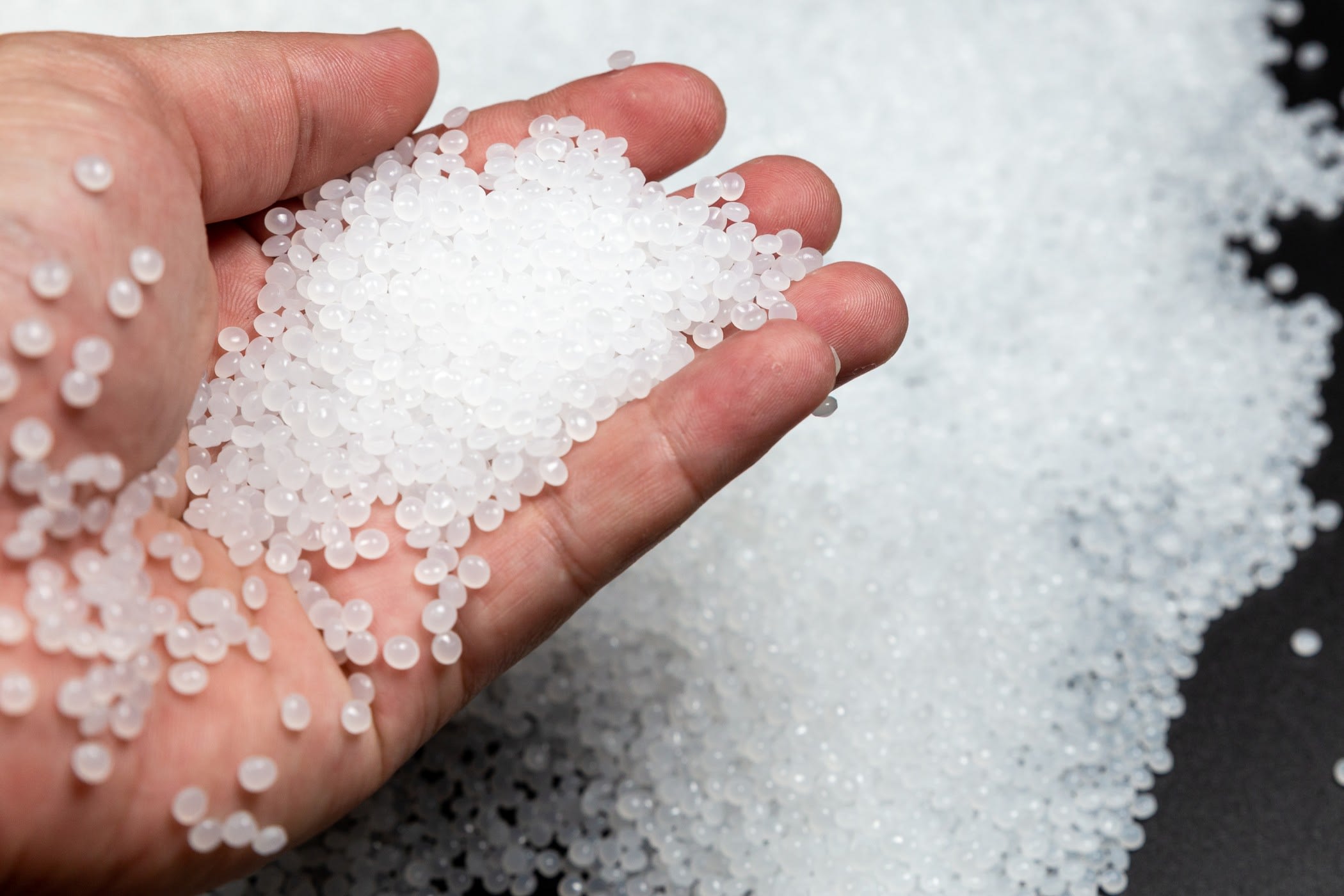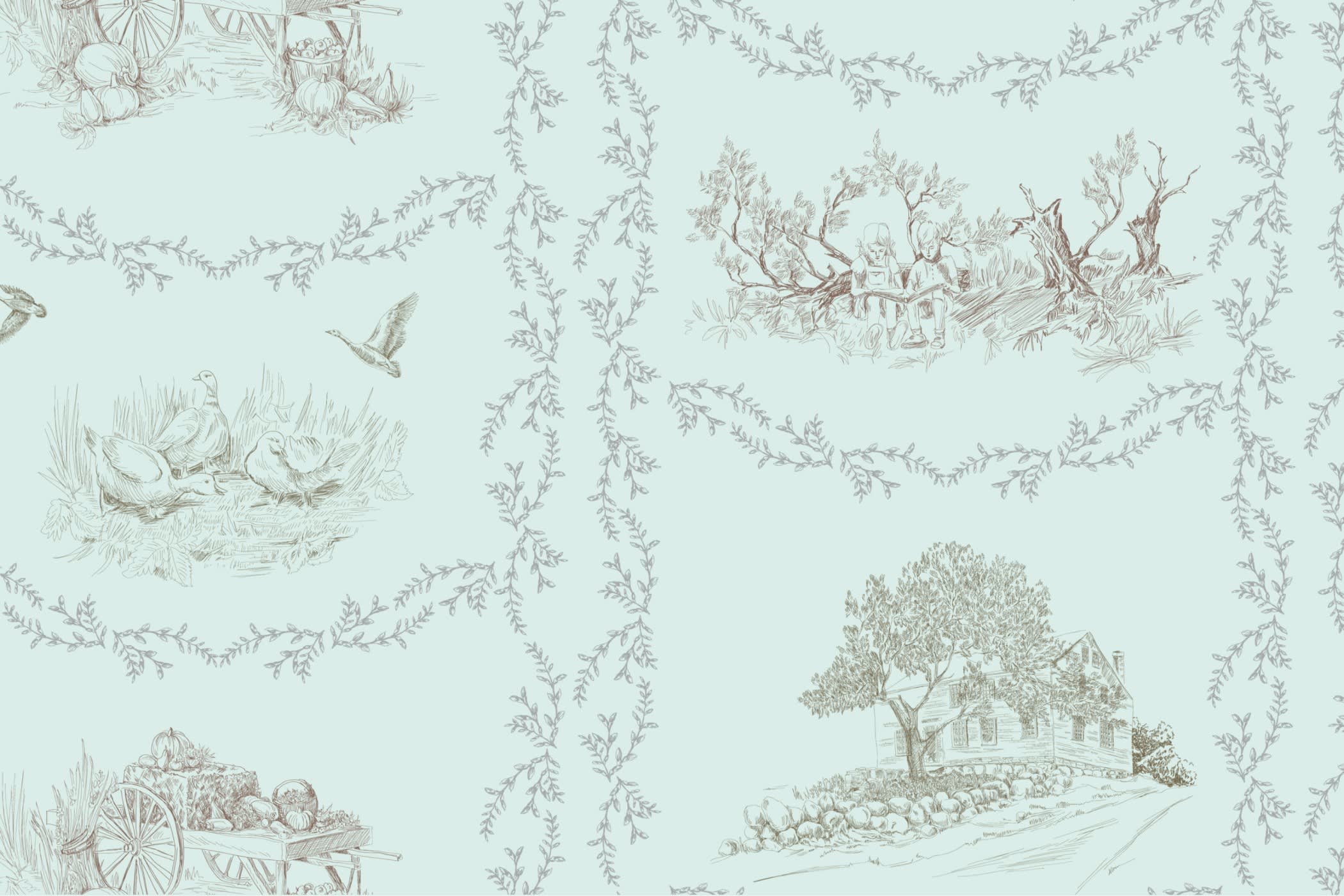Silk 101: From Choosing the Right Type to Taking Care for the Fabric

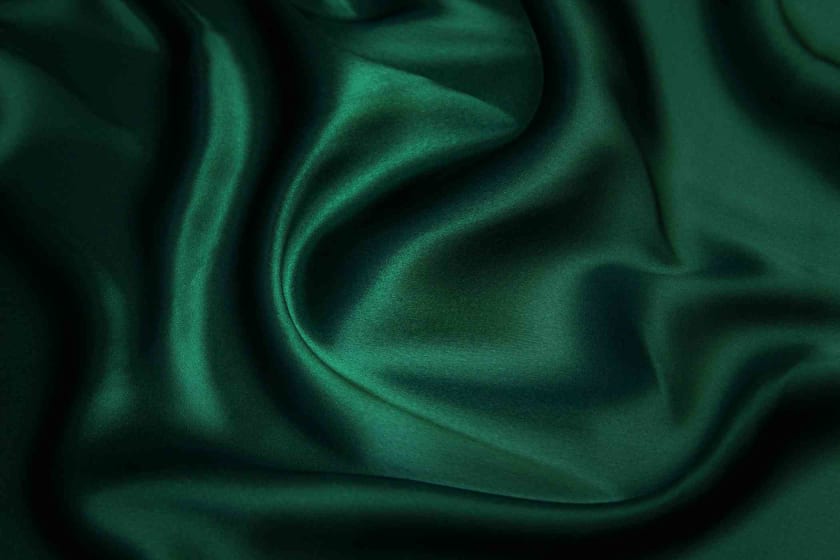

Silk is sometimes referred to as the "queen of textiles" due to its delicate touch and feel when worn. Manufacturers mostly utilize four types of silk fabric: muga silk, mulberry silk, tasar silk, and eri silk. Mulberry silkworms account for 90 percent of silk production. There are about 35 distinct types of silk textiles that are often used in clothing and home furnishings.
Silk is produced by a number of distinct silkworms, when they produce two proteins, fibroin and sericin. Each type of silk has unique properties and characteristics that make it ideal for specific types of outfits.
Types of Silk
Here is a guide to the most popular and sought-after silk fabrics. Choose the right one depending upon the item you are making and the look you are going for.
#1 Brocade
Brocade is a term that refers to a group of highly ornate shuttle-woven textiles that are often composed of colorful silks. Draw looms are used to weave brocade. It uses a supplemental weft method, that is, the decorative brocading is created in addition to the regular weft that keeps the warp threads together.
- Rich fabric stitched with gold and silver threads.
- Embroidered with precious and semiprecious stones
- Used in upholstered furniture and drapes
#2 Charmeuse
Charmeuse is a satin-woven fabric that is soft and lightweight with an excellent drape. Charmeuse, which is often mistaken with satin, has a glossy sheen on one side and a drab smooth finish on the other. The difference between the two fabrics is that Charmeuse is a more lustrous fabric.
- When we think of 'traditional' silk, we refer to Charmeuse.
- The fabric's front side is woven in a shimmering satin weave.
- The fabric's backside is a flattened crêpe.
#3 Chiffon
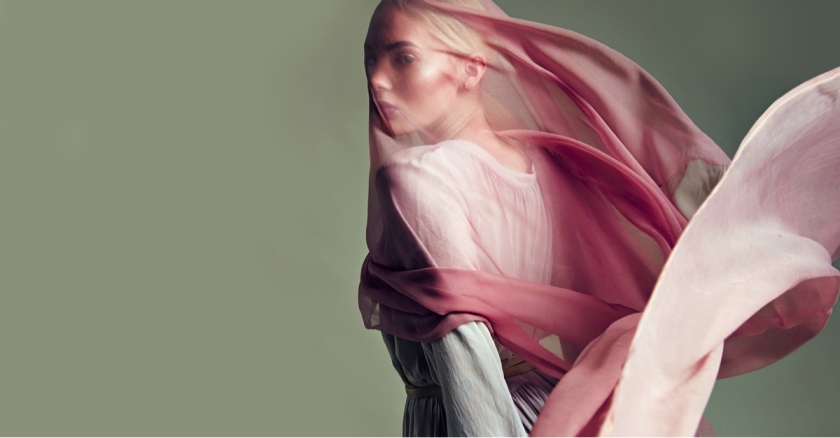
Chiffon is a lovely transparent fabric with a somewhat rough gauze-like feel. Chiffon silk is an extremely lightweight fabric with a bit of elasticity that is made from tiny twisted fibers.
- This fabric is created from finely twisted threads that are spread apart to make it translucent.
- Unless used for scarves, chiffon clothes often need lining or backing.
#4 Crêpe-de-chine
A lightweight fabric composed of fibers that are twisted clockwise and counter-clockwise. Following that, these fibers are woven into a plain-weave cloth. It is also available in two more varieties:
- Moroccan crêpe
- Crêpe georgette
- The twisted fibers provide a unique 'pebbly' appearance
- It comes in a variety of types
- Perfect for dresses, suits, and evening wear
#5 Dupion Silk
Dupion silk is one of the types of silk that has a plain-weave, densely woven double-thread silk fabric with a sharp, textured look. Weft and warp threads of varying sizes are woven together to create a robust, durable fabric that shines. Take note of the odd black speck that may run through the weave; this is a remnant of the silk worm's original cocoon.
- Robust double-thread silk often produces a coarse yarn with variable sheerness or weight.
- The black flecks in the cloth come from the silk worm's original cocoon. Removing them would weaken the fabric and detract from its attractiveness.
#6 Georgette
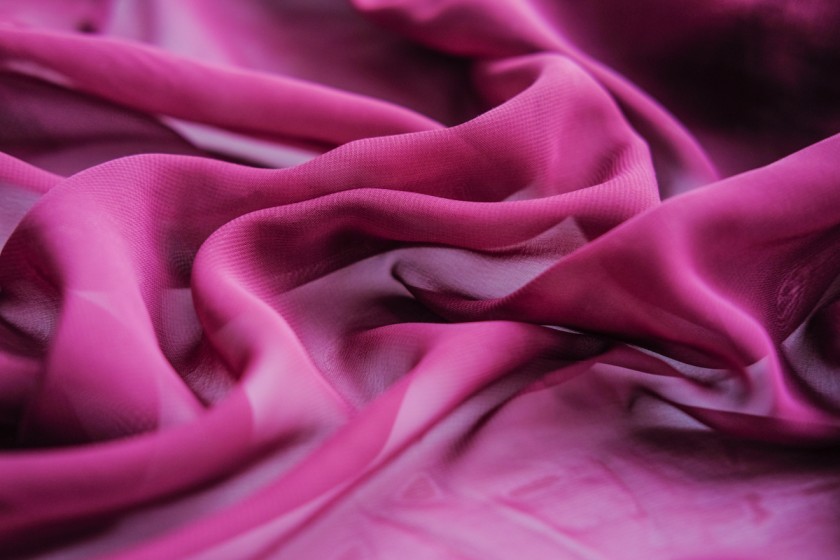
Georgette is a sheer, plain-weave fabric with a gritty texture. Unlike Chiffon, Georgette is a thicker fabric that does not crease and has a lovely drape.
- Plain weave fabric with a fine, lightweight weave.
- Texture with a grainy appearance and a sheer feel.
- It is less glossy and heavier in weight than chiffon.
#7 Habotai Silk
Habotai is a soft, lightweight plain-weave fabric with a glossy sheen. The weights vary from 5mm to 8mm, and this is the traditional silk for lining, but it may also be used to make scarves, summer blouses, and lingerie.
- It is referred to as China silk, Habutai, and Pongee.
- It was originally used to line kimonos.
#8 Organza
Organza is a sheer, delicate, and lightweight open-weave type of silk with a shine. Although it is a thin cloth, its finely twisted threads combine to form a robust, durable fabric.
- Used to create veils and as a base for embroidered textiles.
- Overbed curtains, screens, and netting
How to Clean the Silk
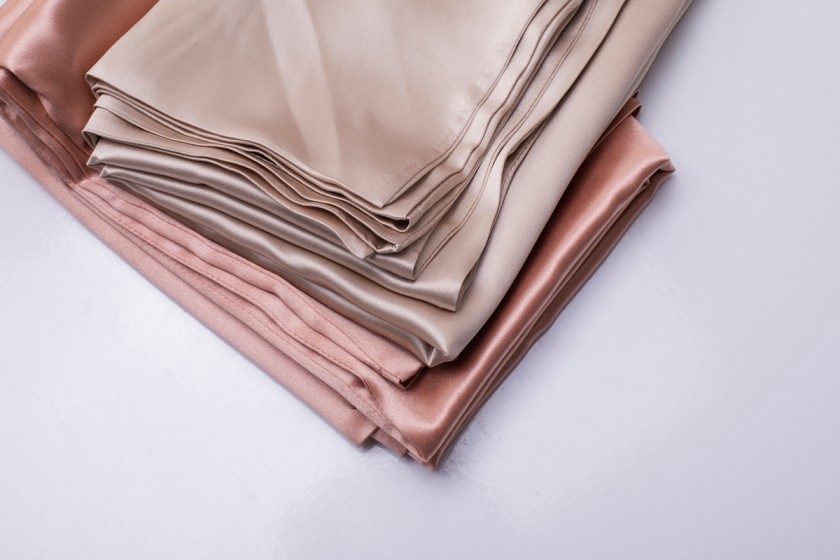
While silk can be washed using a proper silk detergent, it bleeds easily and may stain other things in the wash. Test for color bleeding by dipping an inconspicuous portion of the item in lukewarm water. If dye leaks into the water, washing will cause bleeding. If anything bleeds during the test, take it to the dry cleaners. Wash it alone if it's a solid color.
Step 1- Even though the labeling says dry cleaning only, most silks may be hand cleaned. Fill a big basin or bowl with lukewarm or cold water to immerse the clothing.
Step 2- Add a few drops of mild detergent to the water basin. To preserve the silk's delicate threads, choose a natural or extra mild brand. Then stir the soap into the water with your hand.
Step 3- Place the clothes in the water basin and submerge them once. Then soak the garment for 3 minutes to allow the soap to mix with it.
Step 4- Gently swish the clothing in the water to wash away any dirt or stickiness. This action is similar to a washing machine but considerably gentler.
Step 5- Remove the garment from the water and drain it. Then rinse the silk clothing with cold water to remove any soap.
Step 6- To begin the drying process, spread a clean towel gently on a table or surface. Place the silk item on top of the towel and roll it from end to end. Once the towel is completely wrapped up, unfold it and remove the silk garment.
Step 7- Hang the garment to dry, away from direct sunshine, which may fade or damage the silk fibers.
Conclusion
Silk is a fabric produced by moth caterpillars. Silk is a fragile fabric that needs particular cleaning care. Manufacturers frequently advise owners to dry clean silk clothing. There are many types of silk and each has its own care requirements. Silk may be spot cleaned with natural cleaning detergents and hand wash with soap and water with care.















